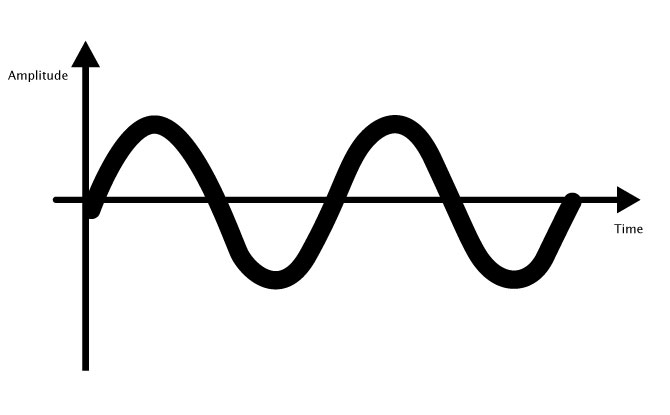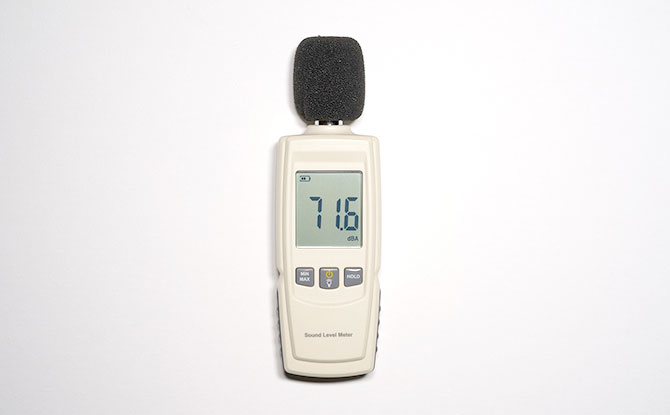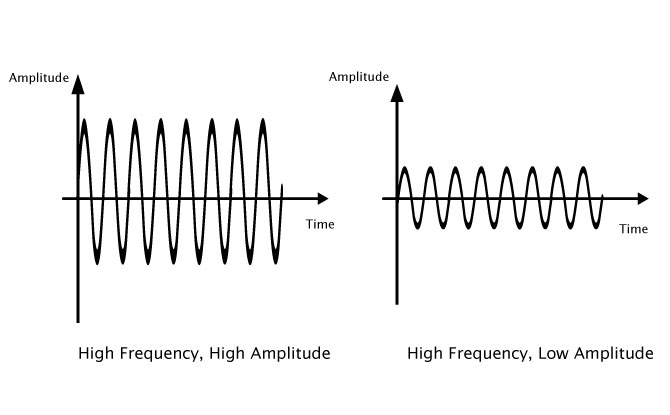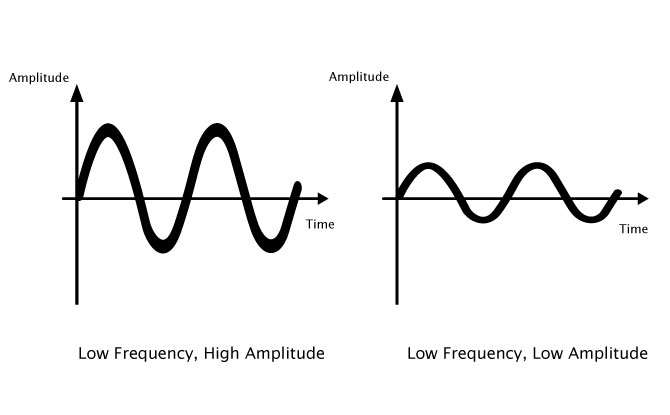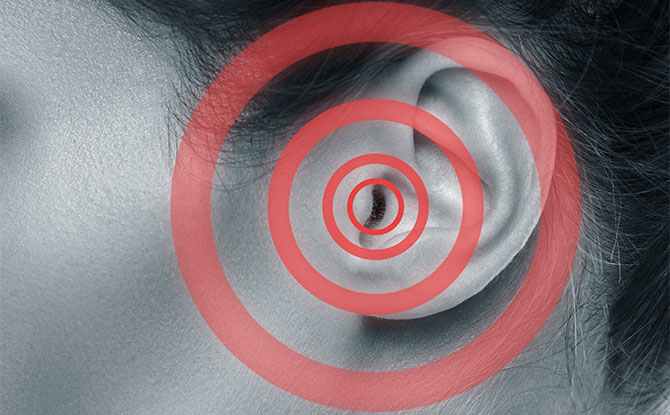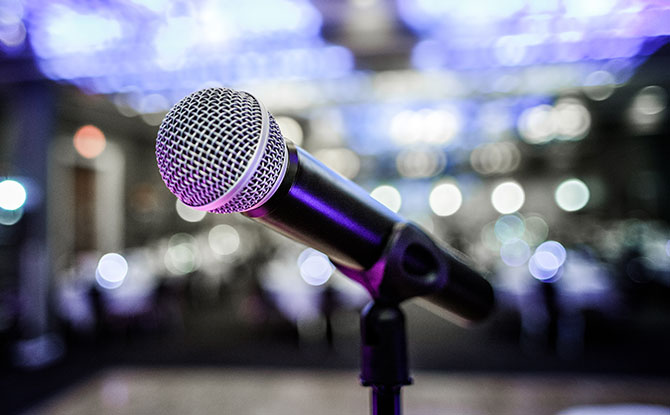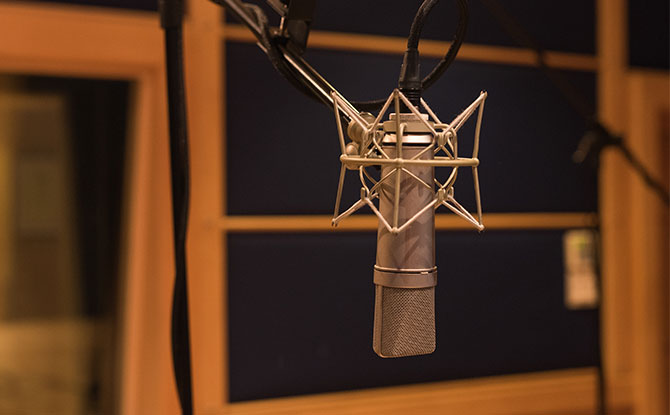When it comes to sound theory, phase is a topic that is often overlooked. However, understanding what is phase in the context of sound engineering is important to be able to understand and address issues about sound further down the road, for example with the use of microphones.
Phase In The Context Of Sound
Just like how we may describe the moon going through phases each month – from being a new moon to a crescent to a quarter and so on – a sound wave can also be said to go through phases.
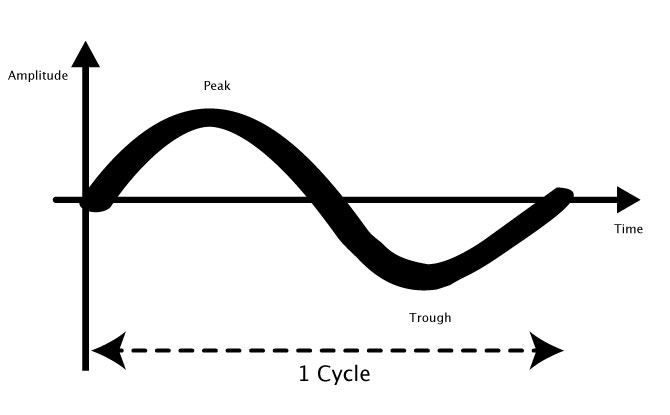
One cycle of a sound wave goes through one peak and one trough before returning to its starting point.
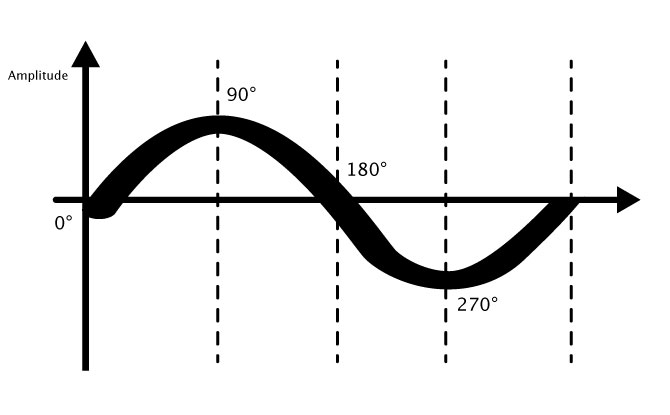
This one cycle can be broken up into four phases:
- the start of the wave at the neutral pressure position (0 degree) to the peak (90 degrees)
- the peak (90 degrees) back to the neutral position (180 degrees)
- the neutral position (180 degrees) to the trough (270 degrees)
- the trough (270 degrees) to the neutral position (0 degree)
Constructive Interference
Phase becomes particularly important when dealing with two or more sound waves interacting with each other.
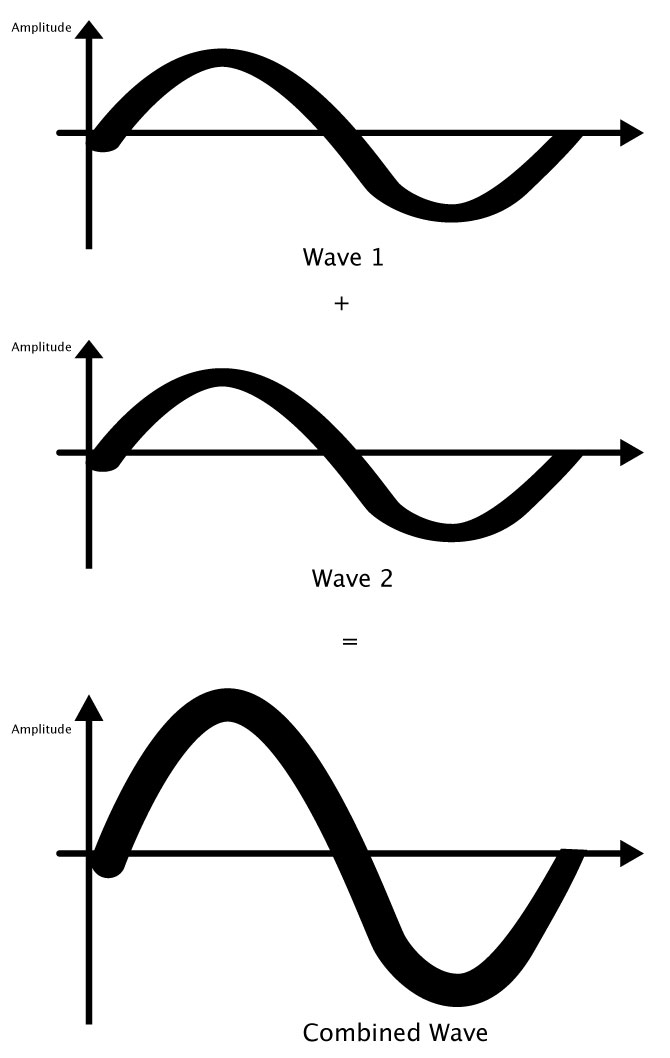
If two sound waves are exactly aligned with each other, they are said to be in phase with each other. The two sound waves will reinforce each other and result in constructive interference.
In observable terms, constructive interference will result in an increase in the combined sound wave’s amplitude.
It is a case of amplitude 1 + amplitude 1 = amplitude 2.
Destructive Interference
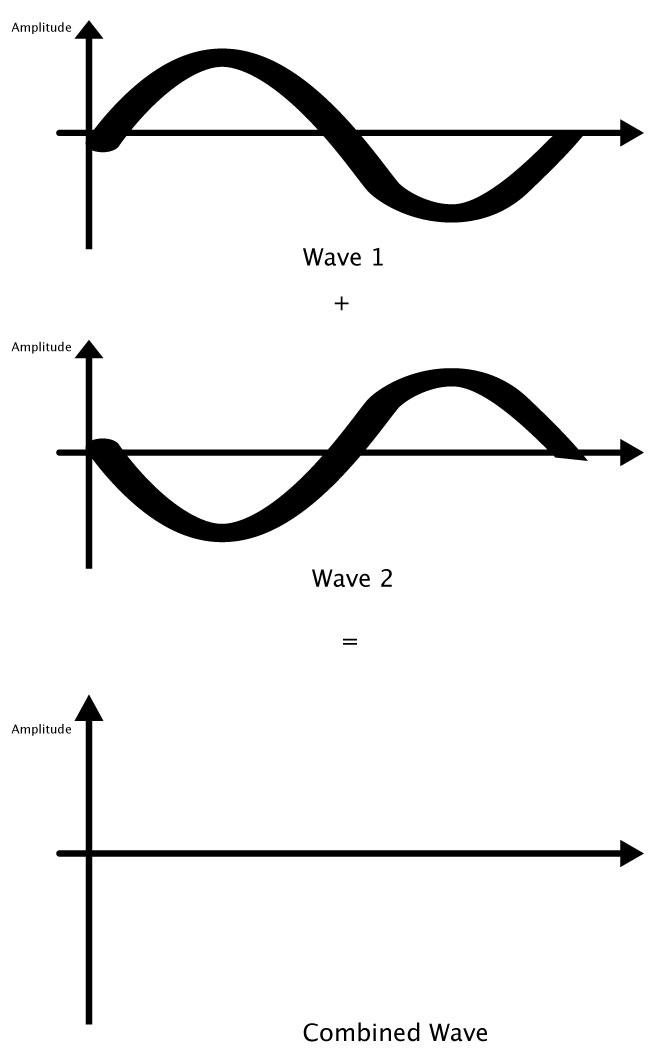
On the other hand, if two sounds waves are exactly the opposite of each other, they are said to be 180 degrees out of phase. In this case, cancellation, also known as destructive interference will occur.
As in the diagram above, if the amplitude of one wave is +1 and the amplitude is -1, the result will be the summed up to be an amplitude of 0, which results in silence.
Example of Constructive & Destructive Interference
Watch the video below to see constructive and destructive interference in action.
Phase Problems in the Real World
You might be thinking that while this may all be very interesting, such phase cancellations don’t exist in the real world.
While you may not experience complete destructive interference, phasing issues can have often be found in several scenarios. The most common scenario would be when multiple microphones are picking up the same sound source.
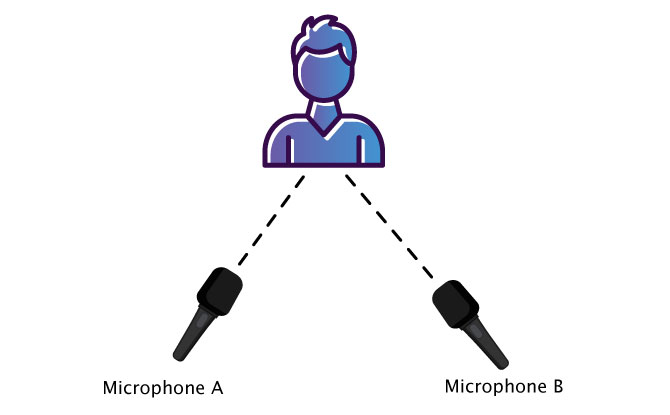
Imagine a situation where two microphones, A & B, are being used to pick up a single source. However, microphone B is positioned slight further away than microphone A. This resulting in the sound waves arriving at the microphone B a millisecond later than at microphone A.
This causes the sound from microphone B to be one millisecond behind microphone A. This can result in destructive interference of specific frequencies, resulting in the combined sound from the two microphones sounding weak or unusual.
View a demonstration of phasing issues in the video below.
Next, you may wish to read all about harmonics and overtones.




